Products
Timberwood has 15 years experience in the field of producing, processing and exporting different kind of wood.
Soft Wood Products
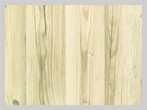 White spruce
White spruce
The wood of white spruce is light, soft, and straight grained. Its primary uses have been for pulpwood, lumber, furniture, and boxes and crates. More elegant uses include sounding boards for pianos and violins. White spruce wood is highly valued for lumber, plywood and pulp production. It is used in building construction (framing, sheathing, roofing, sub-flooring), general millwork, interior finishing, boxes and packing cases. White spruce heartwood is rated as being slightly resistant to non-resistant to decay.
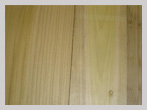 Poplar wood
Poplar wood
Poplar is considered a hardwood by species, but this can be somewhat confusing as it is typically softer than pine, a common softwood. In most instances, poplar (or should we say what is sold as poplar in home centers) is actually the wood from the tulip tree. It is a creamy white-colored wood with brown or gray sections or streaks through the grain. Poplar is relatively easy to work with, as it takes manipulation with a saw, lathe or router well.
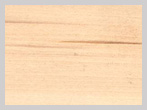 Basswood
Basswood
Pale white to cream color, with only subtle growth rings. The color is mostly uniform throughout the surface of the wood. Has a fine and even texture, which is preferred for wood carvers. Basswood is rated as being non-durable in regard to heartwood decay. Easy to work, being very soft and light. Perhaps one of the most suitable wood species for hand carving. Basswood also glues and finishes well. Basswood is both very light and very soft: perhaps among the softest of wood species that is still considered a hardwood.
Hard Wood Products
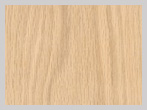 Oak Wood
Oak Wood
Easy to glue, and takes stain and finishes very well. The process of manufacturing barrels has a very long and successful tradition in Romania, and many European wine producers have recognized the quality of the Romanian oak. Due to the Romanian climate and soil, the oak wood has some specific characteristics useful for the manufacture of wine barrels, and include:a straight trunk, slow growth, compact structure, fine porosity, and a good content of tannin and flavour components.
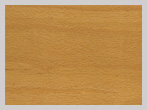 Beech Wood
Beech Wood
Beech wood is not commonly used for furniture making, as it is not dimensionally stable in the presence of varying moisture levels. However, it is this property that gives it an advantage in the making of wood biscuits used in joining other pieces of wood together, as water-based glue will swell the biscuit tightly into the cut slots. Some drums are made from beech, which has a tone generally considered to be between maple and birch, the two most popular drum woods.
 Walnut Wood
Walnut Wood
Black walnut's sapwood, which is the outer, younger and living layer of the tree, has a creamy white color. Its heartwood, which is the inner, older and dead layer of the tree, has a dark brown color. When dried through the use of kilns, black walnut wood turns a dull brown color. Using air drying techniques, on the other hand, will produce a wood with a combined brown and purple color. Walnut works easily with power or hand tools but may cause some dulling of cutting edges.
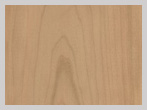 Cherry Wood
Cherry Wood
Cherry Wood heartwood is a light pinkish brown when freshly cut, darkening to a deeper golden brown with time and upon exposure to light. Sapwood is a pale yellowish color. Has a fine texture with closed pores. The grain is usually straight and easy to work—with the exception of figured pieces with curly grain patterns. Heartwood is rated as being very durable and resistant to decay. Has a mild, distinctive scent when being worked.
